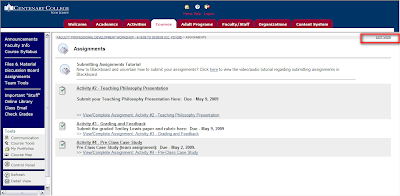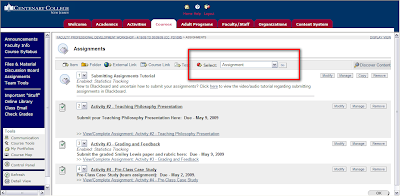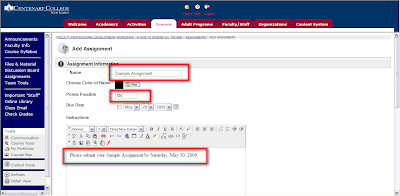 Different motivations draw us into the Centenary College classrooms yet, once there, we share an identical opportunity, and that is to change lives. Our own slice of the College, the Adult Program, has a special identity. Our educational product is rooted in adult learning theory, oriented in a student-centered perspective, problem based, and applicable. If you ever doubt the power of those forces, I invite you to read the piece of student feedback (exerpted below) that came across my desk recently.
Different motivations draw us into the Centenary College classrooms yet, once there, we share an identical opportunity, and that is to change lives. Our own slice of the College, the Adult Program, has a special identity. Our educational product is rooted in adult learning theory, oriented in a student-centered perspective, problem based, and applicable. If you ever doubt the power of those forces, I invite you to read the piece of student feedback (exerpted below) that came across my desk recently.This class represents a turning point for me though, a life-changing moment of clarity ...Through this class you've focused on culture from the inside out (firm) and the outside in nationalistic/country. With your (rare in academic circles) life-experience, you've made the book-speak tangible and germane.
You've often not just provided a foil for me to see 'big idea' application, you've demonstrated an active listening approach, empathy and provided insight and alternatives to my sometimes rutted thoughts of trying to be strategic in a very transactional wireless world -- in an industry enduring massive inflexive transformations and consolidations.
To be honest, I've come to find over my life -- and never in such a concentrated form as this MBA series -- that one doesn't know what knowledge one has until it's reflected back to them through unselfish service.
Put in real terms, by applying the principles, approaches and considerations taught in your class, my 'day-job' has come alive. Kind of like a high tech 'Night at the Museum 2'.
In a larger context for me, you've woven together -- and I've apparently absorbed -- earlier course teachings in marketing, business, legal, economic and distribution ... now adding cultural and critical research/insights needed to not only gain a personal understanding of the in-country selling/buying environment, but also, as I've been told by my constituents, leadership and colleagues, allowing me during my facilitations to come across and coach in a sincere, knowledgeable, and sensitive way as I discuss local and distant business cultural success and alignment factors.
This is a very rare thing to happen, especially to put this newly acquired knowledge to use so soon, especially considering the ultra-compressed timescale we followed in class. It's the very reason why I committed to go back to school -- specifically to gain new perspectives and tools to broaden my mental horizon -- making me more effective at work.
I'm sincerely and gratefully able to say that I've achieved that end, and I want to take a brief moment to acknowledge you for your very creative, passionate, and enduring approach to Global Business -- not the least being your drive to share it with students.
In short, I care because you care about your work, the profession you tend to, and the ever-evolving business journey. It shows in you, and it sticks with me. I hope to be able to remain in touch with you over time if that would not be a burden -- perhaps in an informal mentor role.
My best to you for the upcoming Summer and in all life brings your way."













